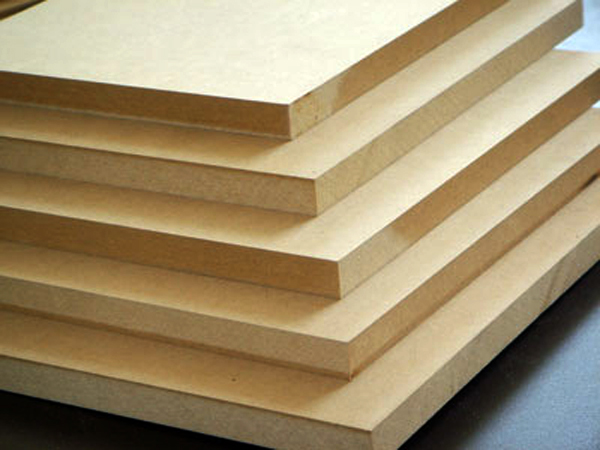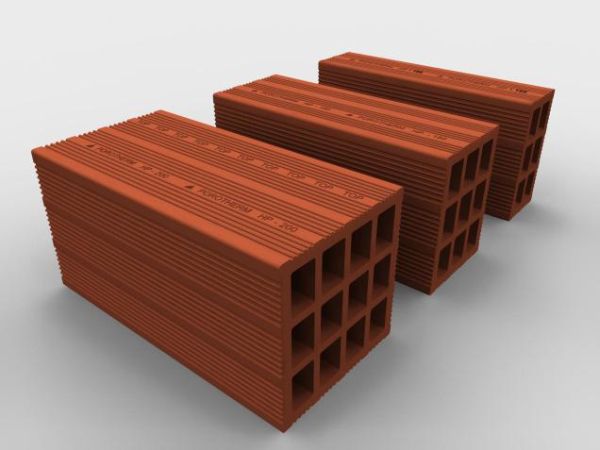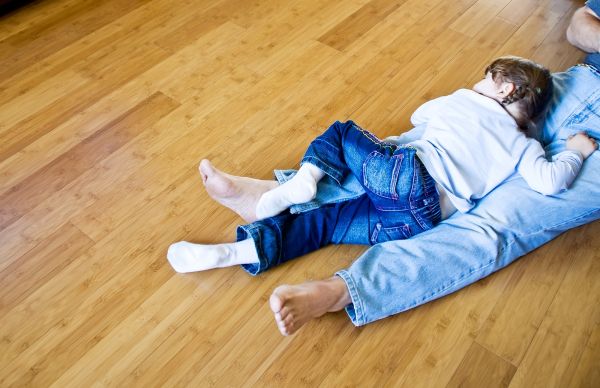Due to the ever-increasing population, no matter what, people would require more houses. New construction is unavoidable. Therefore, the best we can do from our side is, we can do the construction using eco-friendly building materials. For example, we can easily replace wood by using synthetic building materials like MDF (Medium density Fiberwood). This has many advantages over the conventional wood, the biggest being that we do not extract it from the nature, hence it is much more eco-friendly. Let’s see what are the other pros and cons of using MDF wood.
Introduction
Medium density fiberwood (MDF) is a synthetic building material used in wooden constructions. Both softwood and hardwood are broken down into wood fibers in a defibrator which are then combined after treatment with resin and wax. These wood fibers are pressed at high temperatures and pressures to get MDF panels. With its introduction in the 1980s, MDF has been in existence for quite some time now. Its sturdiness and cost effectiveness have made it popular in constructions as well as manufacture of cabinets and cupboards. Along with its many advantages, MDF has its own disadvantages and here we shall discover the pros and cons of this relatively new building material over traditionally used wood.

Construction
The way MDF is built makes it very versatile in usage. While it is difficult to coat wood with some kind of color, MDF holds and binds to all colors very easily. It can be painted and coated with a variety of oil and water based paints and varnishes. Thus, painting efforts and costs are reduced. The good binding is because of the molecular structure of MDF. On the flip side, the extensive use of glue in making MDF makes it quite a tough material to work with. The carpenter’s tools often get blunted fast while working.
Quality
Traditional wood has a natural grain that lends it looks and beauty. MDF lacks this. This lacking turns into an advantage because working with it becomes smooth. There are no knots encountered while drilling or cutting. As far as the looks are concerned, MDF can be coated with laminates. However, there is one serious disadvantage with MDF and that is its effect on health. Formaldehyde, which is used in its construction, gets released while it is worked upon. This can cause serious irritation in the lungs and the eyes. The U.S. EPA, as far back as in 1987, classified this urea-formaldehyde resin used in the manufacture of MDF as ‘possible human carcinogen’. This makes it all the more important for workmen to wear protective gear while working.
Durability
Since MDF has been treated chemically, it is sure to be termite-proof. In this regard, there is absolutely nothing to worry about compared to natural wood. However, there are many woods like teak and rubber wood that are also termite-proof. The greatest problem with MDF is its susceptibility to water. Though it can withstand humidity and moisture, if exposed to water, MDF sheets begin to swell and bend. In this regard, teak, rubber wood and the like score over MDF.
Usage and maintenance
Putting MDF to use is very easy. Glue can be used to bind two surfaces which are uniform and plain unlike wood. Thus, there is great flexibility available for the workmen while working with MDF. However, maintenance for MDF is high. This is because, break and faults cannot be repaired. Even the smallest nick or damage exposes the core material of MDF which is vulnerable and susceptible. Once this happens, there is no choice but to discard the furniture or construction and get a new one.
Cost
One of the greatest advantages of MDF is its low cost. Since it is made from all kinds of wood through a chemical process, it can be manufactured in bulk. So, cost of purchasing it is low. Again, working on it is easy making the labor charge also low. However, if the scope of the term ‘cost’ is slightly broadened, MDF proves costly indeed. From a financial front, maintenance and replacement are costly as they are needed on a regular basis. From the environmental front, it would be greener to make use of something like rubber wood. Rubber wood is obtained from the rubber trees after they have given their yield of rubber. The trees have to be cut down and are replanted anyway. Thus, rubber wood is an eco-friendly alternative.
Eco-friendly quotient
MDF can be considered eco-friendly in the sense that it is made from recycled wood. But the amount of chemicals it holds will disqualify it from being considered as green. The urea-formaldehyde used in its manufacture is poisonous to the respiratory and digestive systems. Especially, if there are toddlers at home, they should be kept away from MDF so that they do not chew at it or lick it.
MDF is definitely a convenient material to make use of for building homes. But if you wish to make a green home, it may be best avoided due to health, cost and durability reasons. It would be a good idea to use MDF for making some parts of the home which does not involve exposure to either water or children.
Make way for sustainable construction by exploring eco friendly alternatives
There is a fight for exploring eco friendly alternatives for electricity and wood so that waste management can be made more effective and natural resources can be preserved. It’s our habits and practices that can make a whole lot of difference to the way we contribute to further this green drive. Choosing products prudently is most important and here we are with some great options that you can consider for your homes including products like doors and LEDs and a few construction practices that will definitely make a difference.

Doors essentially maintain the privacy of various rooms of the house and there is no way a house will not have them, therefore, while choosing doors make an eco friendly choice. A new variant of doors is now available; these are made from paper honeycomb. These doors have a wooden frame and ply, MDF, etc. is sandwiched to make it lightweight and at the same time sturdy enough to last through many years together. Another advantage of using honeycomb is that it is 100 percent biodegradable and
Solar installations are nothing new and we all know about the expensive they entail. But, the thing to remember is that they are a onetime investment that will benefit you for many years, saving you good amounts on your electricity bills. If you are still a bit hesitant about installing them then for LED lighting is the next best option, if not completely cutting your bills down to zero, they will surely help a bit without harming the environment.
Walls that make the foundations of the livable space of the house too can be constructed with the help of material that is eco friendly. For example the bricks you use for construction should be replaced with clay based bricks or other eco-friendly bricks, which are are non toxic and contain only natural additives like coal ash, granite slurry, etc.
Read More:
https://designbuzz.com/inspirational-architectural-trends-for-2018/
Five astounding hotels created from unconventional materials




